Please sign in to access this resource
Click here to sign in
as a FL public educator Student
Access the resource on
FloridaStudents.org
Not a Florida public school educator?
Access this resourceon CPALMS.com
General Information
Aligned Standards
This vetted resource aligns to concepts or skills in these benchmarks.Related Videos

Let this researcher explain how studying fossils and isotopes can help us understand ancient climate conditions!
Download the CPALMS Perspectives video student note taking guide.

When your classroom is the open ocean, which is the longest period? The one from the tsunami.
Related Resources:
KROS Pacific Ocean Kayak Journey: GPS Data Set[.XLSX]
KROS Pacific Ocean Kayak Journey: Path Visualization for Google Earth[.KML]
Download the CPALMS Perspectives video student note taking guide.

COAPS oceanographer Dmitry Dukhovskoy describes the process used to mathematically model eddy shedding in the Gulf of Mexico.

Listen to a discussion about how moist atmospheric rivers are influencing increased monsoonal events.
Download the CPALMS Perspectives video student note taking guide.

This FSU professor discusses the limitations and need for improvement to models used to forecast hurricanes.

In the Earth's systems, everything is connected! This meteorologist explains the relationship between monsoonal heat columns and polar ice-melt.
Download the CPALMS Perspectives video student note taking guide.

A discussion focusing on the predictions that underestimated the storm surge from Hurricane Dennis on the Florida panhandle.
Download the CPALMS Perspectives video student note taking guide.

To understand atmospheric and oceanic currents, one needs a well-rounded understanding of geometry and the shape of the Earth.

Dissolved oxygen is important to all life in and out of the water! Learn more in this video!
Download the CPALMS Perspectives video student note taking guide.

A climatologist rains down information about how physical factors form regional climates.
Download the CPALMS Perspectives video student note taking guide.

Listen up as a meteorologist explains how weather balloons work and how they collect data for models they can use to make forecasts.
Download the CPALMS Perspectives video student note taking guide.

A discussion describing ocean currents studied by a physical oceanographer and how math is involved.

What happens when math models go wrong in forecasting hurricanes?
Download the CPALMS Perspectives video student note taking guide.

COAPS oceanographer Steve Morey describes how math is used to help research hurricanes and strong deep ocean currents that could effect deep water oil rigs.
Download the CPALMS Perspectives video student note taking guide.

Description needed. Light Reflection, Refraction, & Absorption
Download the CPALMS Perspectives video student note taking guide.

A climatologist raises the bar with this classroom-ready 3D fluid dynamics weather demonstration.
Download the CPALMS Perspectives video student note taking guide.

Learn how the ocean pressures the climate into changing.
Download the CPALMS Perspectives video student note taking guide.

In a fog about weather patterns? This climatologist will demystify the topic for you.

Major Paul Homan describes the needs and capabilities of the United States Air Force with regard to global weather prediction and modeling.
Download the CPALMS Perspectives video student note taking guide.

Glass artist Russel Scaturro explains how fine control of gas flow aids efforts to minimize his carbon footprint toward a larger goal of environmentally-conscious fabrication methodology.
Download the CPALMS Perspectives video student note taking guide.
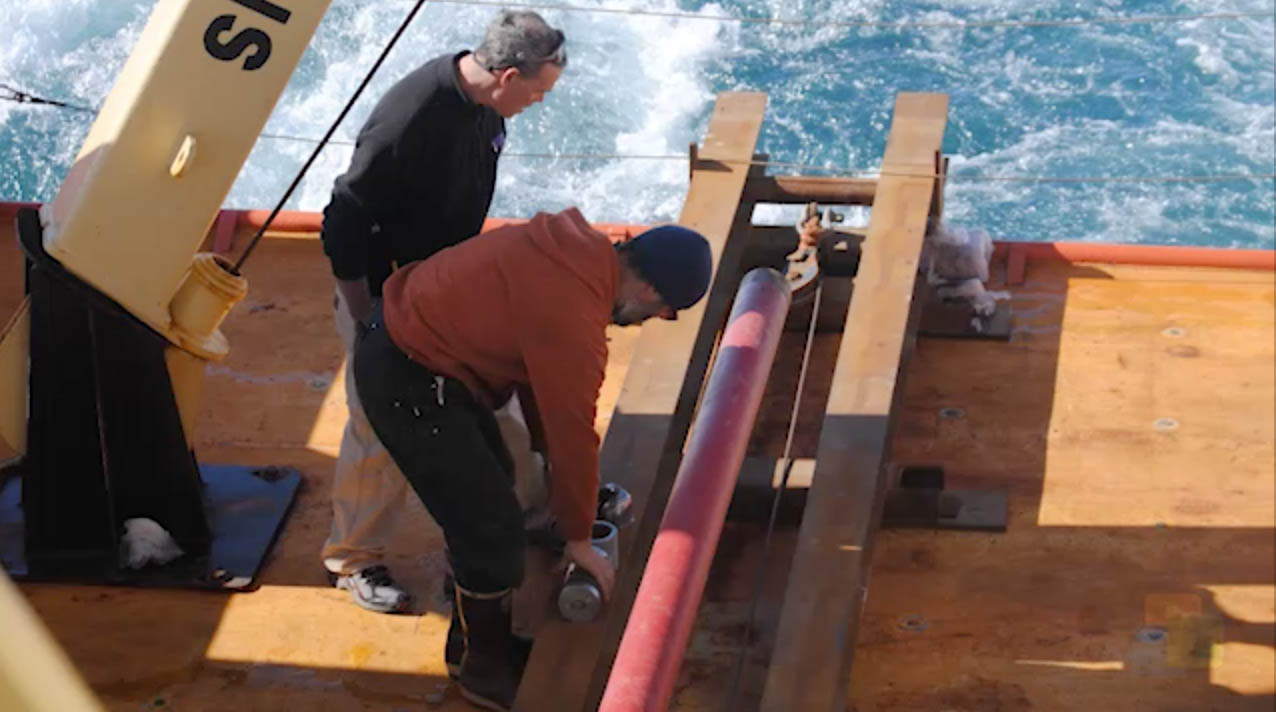
In this video, Eugene Domack explains how past Antarctic ice sheet movement rates allow us to understand sea level changes. Video funded by NSF grant #: OCE-1502753.
Download the CPALMS Perspectives video student note taking guide.
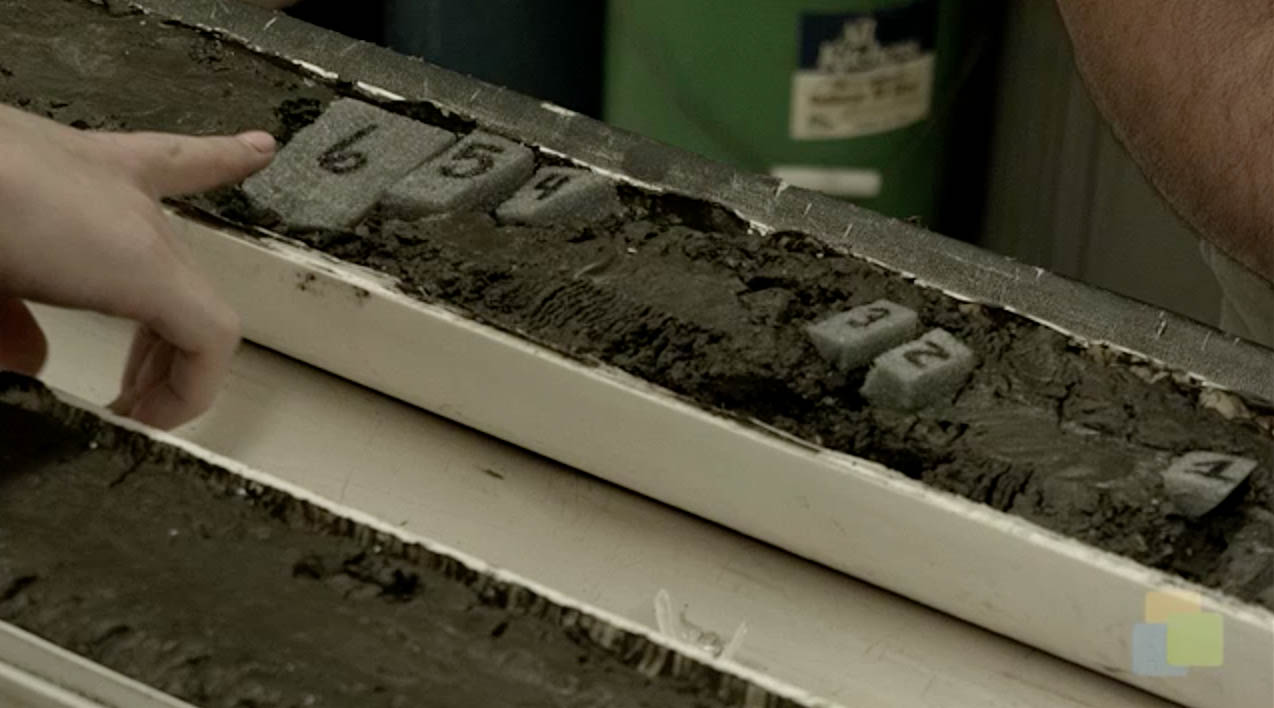
Eugene Domack, a geological oceanographer, describes how sediment cores are collected and used to estimate rates of ice sheet movement in Antarctica. Video funded by NSF grant #: OCE-1502753.
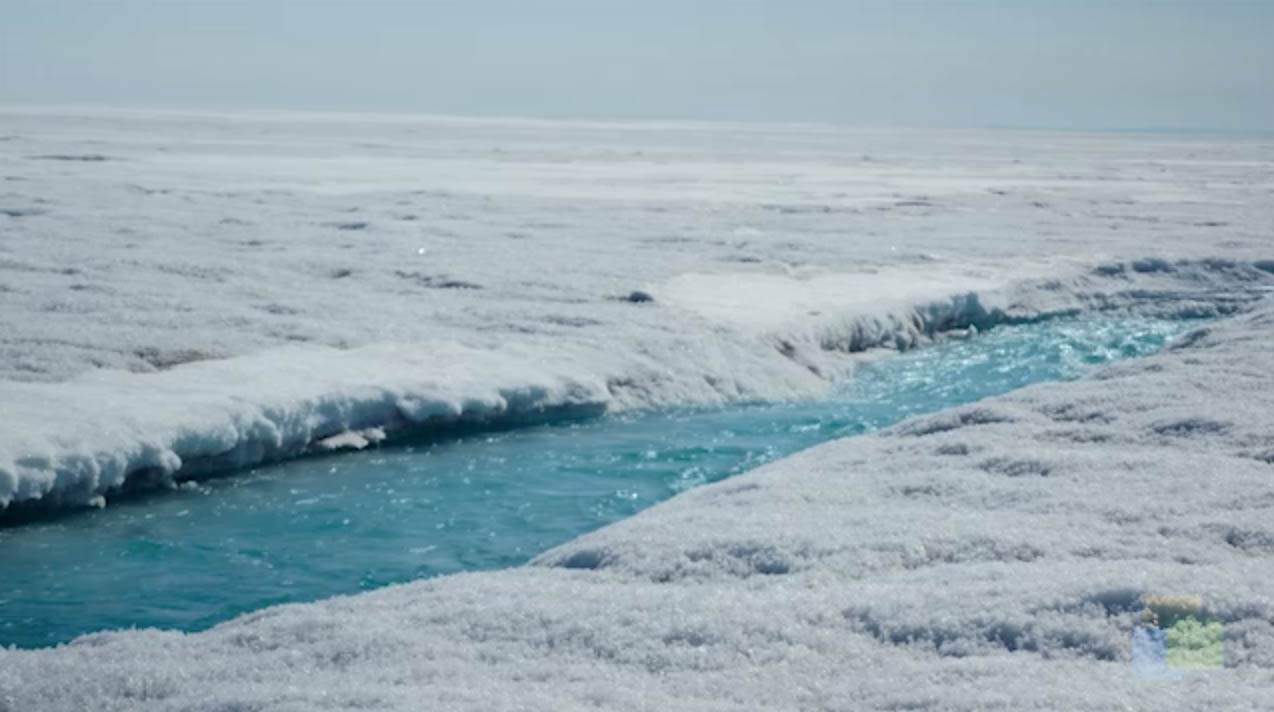
In this video, Brad Rosenheim describes how Louisiana sediment cores are used to estimate sea level changes over the last 10,000 years. Video funded by NSF grant #: OCE-1502753.
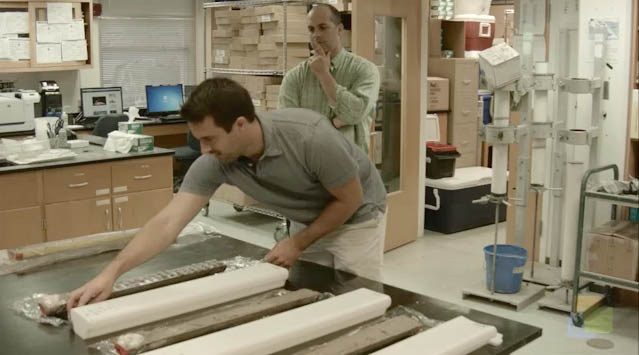
Watch as Brad Rosenheim, a geological oceanographer, explains how modern technology and sampling methods are used for sea level research. Video funded by NSF grant #: OCE-1502753.
Download the CPALMS Perspectives video student note taking guide.

Watch as Don Chambers explains the role of satellites in measuring the mass of ice sheets and the connections between ice sheet mass changes and sea level. Video funded by NSF grant #: OCE-1502753.
Download the CPALMS Perspectives video student note taking guide.

In this video, Don Chambers explains how satellite technology is essential for assessment of sea level changes. Video funded by NSF grant #: OCE-1502753.
Download the CPALMS Perspectives video student note taking guide.
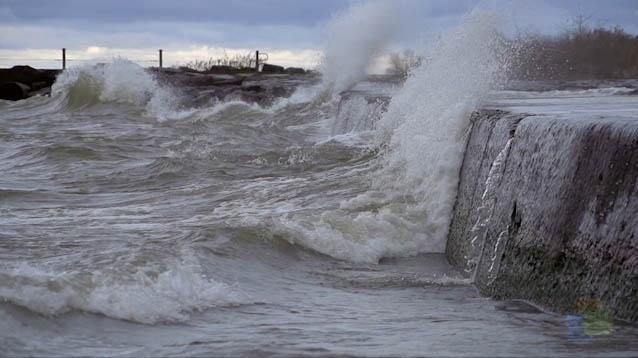
Entrepreneur and meteorologist Mark Powell discusses the need for statistics in his mathematical modeling program to help better understand hurricanes.
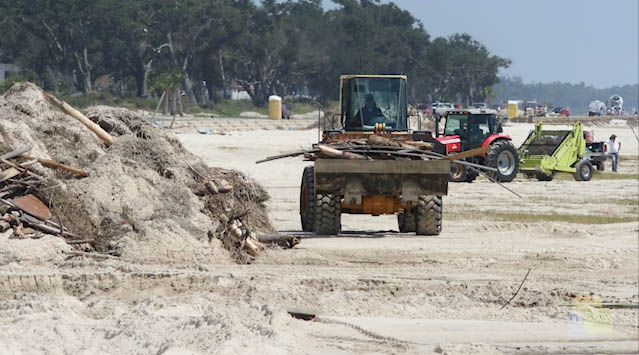
Hurricanes can hit at any time! How do insurance companies use math and weather data to help to restore the community?
Download the CPALMS Perspectives video student note taking guide.
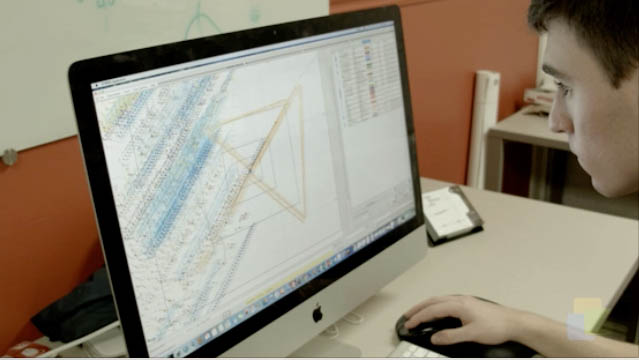
Meteorologist, Michael Kozar, discusses the limitations to existing hurricane scales and how he is helping to develop an improved scale.
Download the CPALMS Perspectives video student note taking guide.
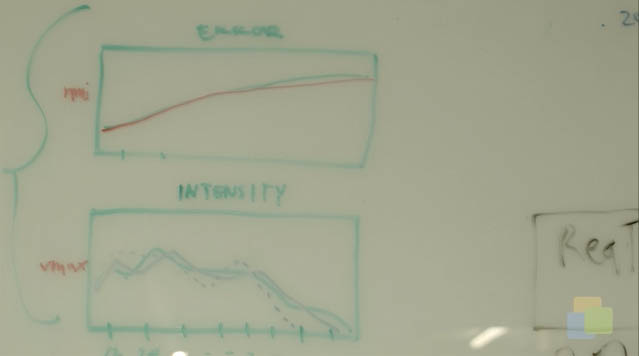
Meteorologist from Risk Management discusses the use of probability in predicting hurricane tracks.
Download the CPALMS Perspectives video student note taking guide.

Dean Grubbs discusses biogeochemical cycles in the oceans and their impact.
Download the CPALMS Perspectives video student note taking guide.

Angela Dial discusses how she solves systems of equations to determine how the composition of ocean floor sediment has changed over 65 million years to help reveal more information regarding climate change.
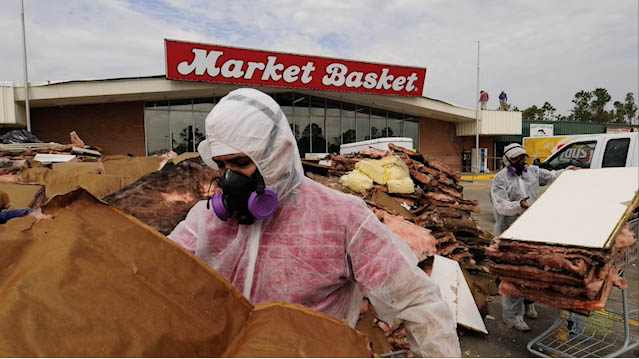
Michael Kozar speaks about severe weather and hurricane impacts.
Download the CPALMS Perspectives video student note taking guide.
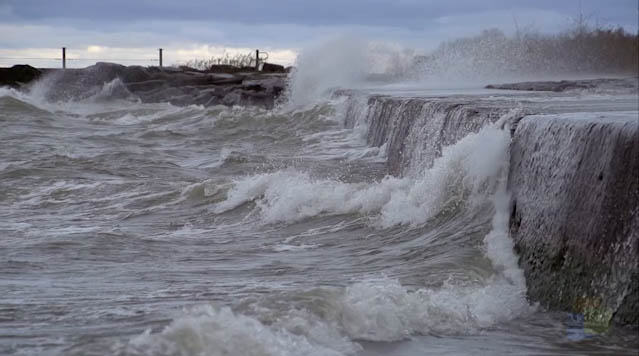
Michael Kozar talks about the influence land and water have on severe weather.
Download the CPALMS Perspectives video student note taking guide.
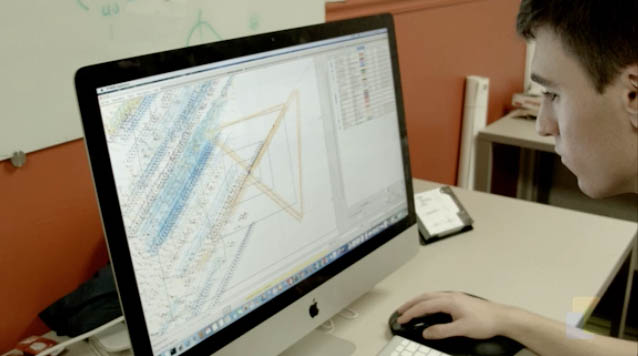
Mark Powell discusses the models used for hurricane predictions and the limitations that exist.
Download the CPALMS Perspectives video student note taking guide.

Angela Dial talks about using ocean core proxy data to investigate Earth's climate from the past.
Download the CPALMS Perspectives video student note taking guide.
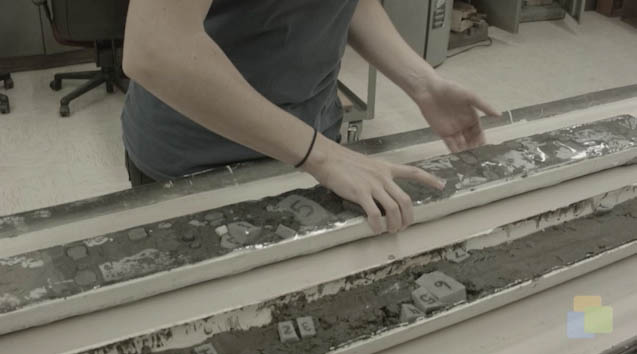
Angela Dial discusses the geologic and scientific evidence related to climate change in the past.
Download the CPALMS Perspectives video student note taking guide.

Mark Powell discusses the impacts that a hurricane can have.
Download the CPALMS Perspectives video student note taking guide.

Jon Ahlquist discusses the various factors in weather predictions and why they are so important to our lives.
Download the CPALMS Perspectives video student note taking guide.

Jon Ahlquist discusses ensemble forecasting and how technology has allowed us to collect important data for the understanding of weather.
Download the CPALMS Perspectives video student note taking guide.

Kent Koptiuch talks about aquifers and the importance of water quality.
Download the CPALMS Perspectives video student note taking guide.
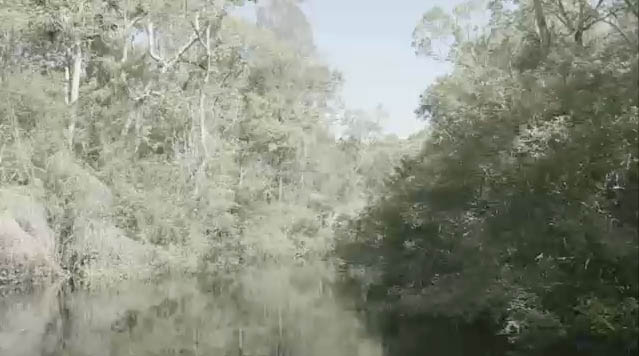
Kent Koptiuch talks about watersheds and water quality.
Download the CPALMS Perspectives video student note taking guide.
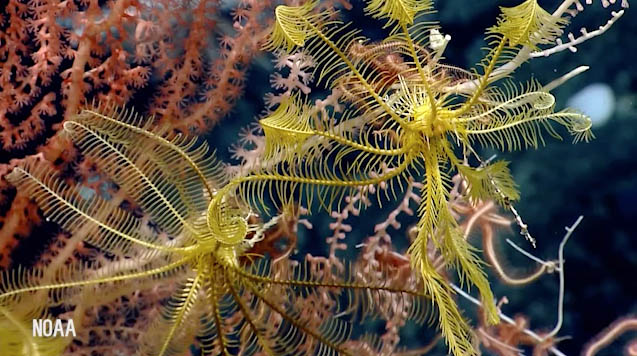
Sandra Brooke, from FSU Marine Lab, talks about undersea canyon ecosystems.
Download the CPALMS Perspectives video student note taking guide.
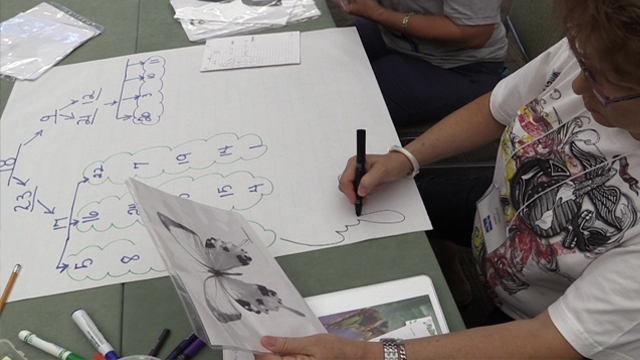
This education researcher uses measures of center and measures of variability for numerical data from random samples to draw informal comparative inferences about two populations.

This buzzworthy video features statistics, sampling, and how scientists make inferences about populations.
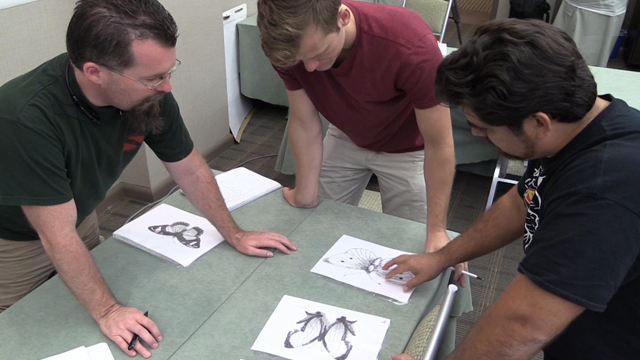
This researcher explains common methods behind randomized studies in the social sciences, specifically in education.

Statistical analysis played an essential role in using microgravity sensors to determine location of caves in Wakulla County.
Download the CPALMS Perspectives video student note taking guide.

Carbon can take many forms, including foam! Learn more about how geometry and the Monte Carlo Method is important in understanding it.
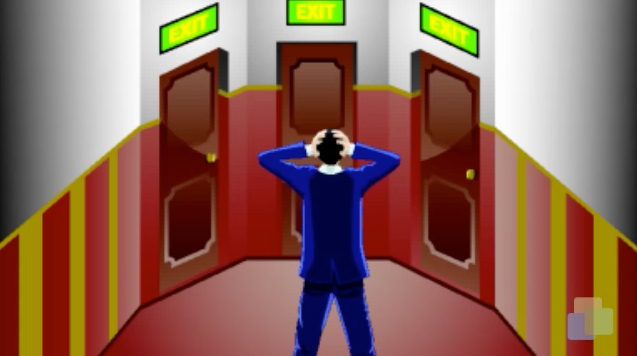
Should I keep my choice or switch? Learn more about the origins and probability behind the Monty Hall door picking dilemma and how Game Theory and strategy effect the probability.
Download the CPALMS Perspectives video student note taking guide.

What was the first question that started probability theory?
Download the CPALMS Perspectives video student note taking guide.

This ecologist from the Coastal Plains Institute discusses sampling techniques that are used to gather data to make statistical inferences about amphibian populations in the wetlands of the Apalachicola National Forest.

Ecologist Rebecca Means discusses the use of statistical sampling and comparative studies in field biology.

Florida State University Counseling Psychologist discusses how he uses confidence intervals to make inferences on college students' experiences on campus based on a sample of students.
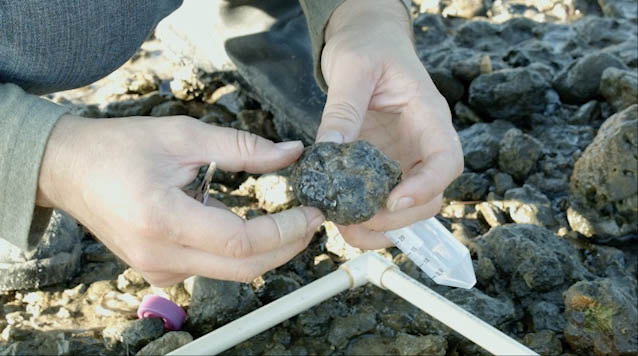
Will Ryan describes methods for collecting multiple random samples of anemones in coastal marine environments.

Will Ryan describes how linear regression models contribute towards his research on sea anemones.

Deep sea shark researcher, Chip Cotton, discusses the need for a Power Analysis to determine the critical sample size in order to make inferences on how oil spills affect shark populations.
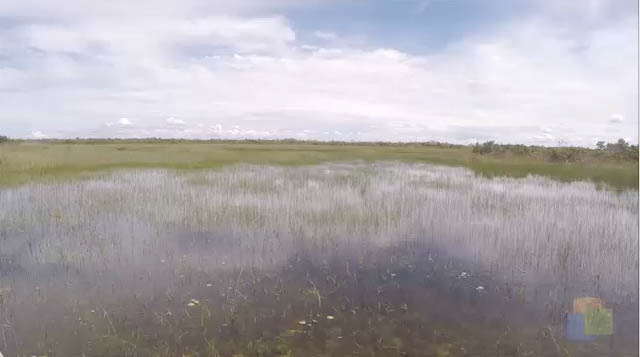
Dr. Tom Van Lent and Rajendra Paudel describe how modeling and simulation of water reservoirs are used to inform decisions about regulation of water flow in the Everglades.
Download the CPALMS Perspectives video student note taking guide.
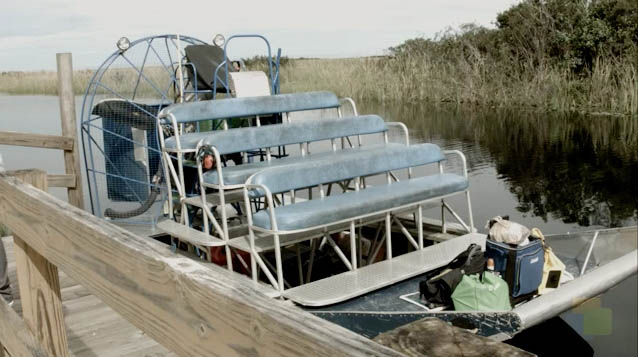
Dr. Tom Van Lent and Rajendra Paudel describe how hydrologic modeling is used to evaluate environmental conditions in the Everglades.
Download the CPALMS Perspectives video student note taking guide.

NOAA Scientist Doug Devries discusses the differences between fishery independent surveys and fishery independent surveys. Discussion includes trap sampling as well as camera sampling. Using graphs to show changes in population of red snapper.

Underwater sampling with cameras has made fishery management more accurate for NOAA scientists.
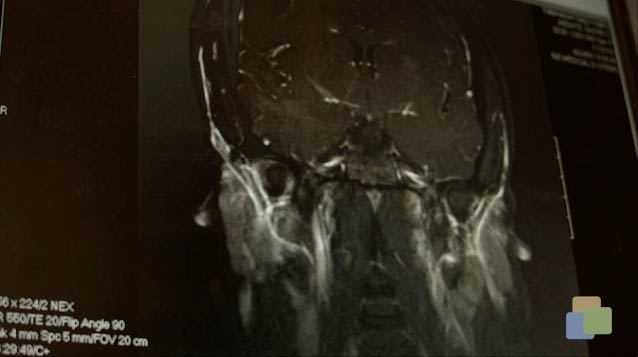
Jens Foell discusses the link between correlation and causation in PTSD patients.
Download the CPALMS Perspectives video student note taking guide.
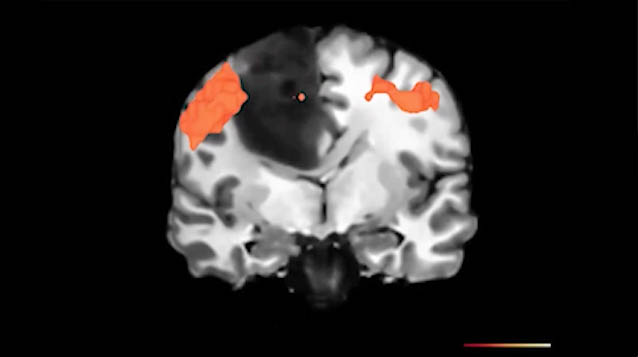
Jens Foell discusses how statistical noise reduction is used in fMRI brain imaging to be able to determine which specifics parts of the brain are related to certain activities and how this relates to patients that suffer from phantom limb pain.

Researchers Frank Johnson, Richard Bertram, Wei Wu, and Rick Hyson explore the necessity of scientific and mathematical collaboration in modern neuroscience, as it relates to their NSF research on birdsong.
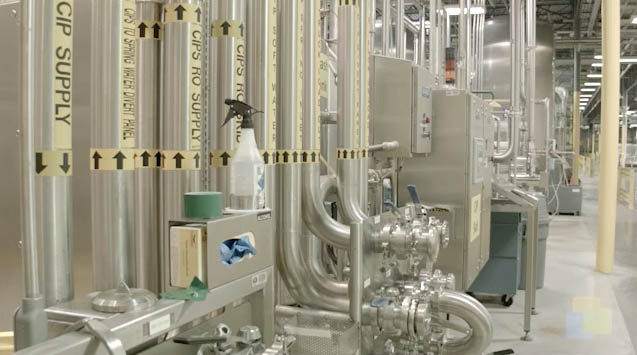
Hydrogeologist from Nestle Waters discusses the importance of statistical tests in monitoring sustainability and in maintaining consistent water quality in bottled water.
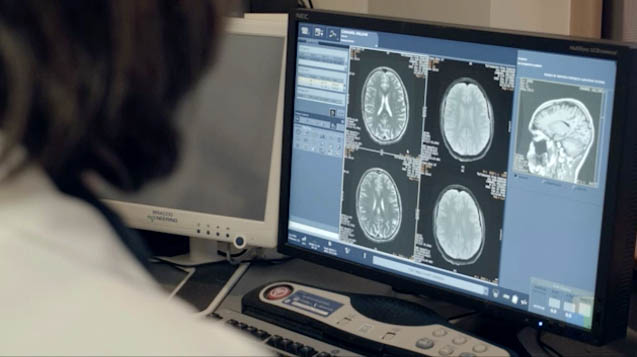
Wei Wu discusses his statistical contributions to the Birdsong project which help to quantify the differences in the changes of the zebra finch's song.

Richard Bertram discusses his mathematical modeling contribution to the Birdsong project that helps the progress of neuron and ion channel research.
Download the CPALMS Perspectives video student note taking guide.
![Cpalms [Logo]](/images/cpalms_color.png)








